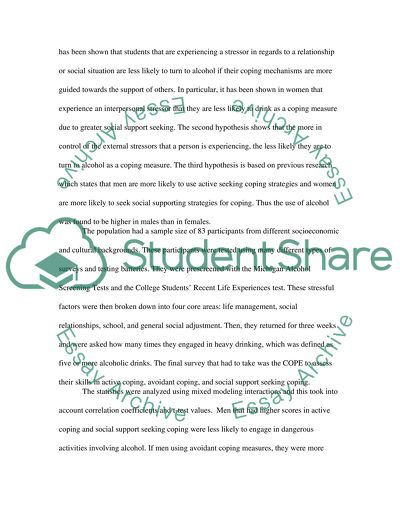Cite this document
(“Psychology Project Essay Example | Topics and Well Written Essays - 1250 words”, n.d.)
Retrieved from https://studentshare.org/environmental-studies/1410675-psychology-project
Retrieved from https://studentshare.org/environmental-studies/1410675-psychology-project
(Psychology Project Essay Example | Topics and Well Written Essays - 1250 Words)
https://studentshare.org/environmental-studies/1410675-psychology-project.
https://studentshare.org/environmental-studies/1410675-psychology-project.
“Psychology Project Essay Example | Topics and Well Written Essays - 1250 Words”, n.d. https://studentshare.org/environmental-studies/1410675-psychology-project.


